Guides
Swedish Ivy Care: How to Grow a Healthy, Thriving Plant
Have you ever looked at your Swedish Ivy and wondered why the leaves are turning yellow, drooping, or losing their shine? Or maybe you’ve tried growing indoor plants before and felt frustrated because they kept dying even though you watered and cared for them.
Swedish Ivy is known as one of the easiest indoor plants, but like any living thing, it still needs the right balance of light, water, soil, and attention. If you’re searching for a beginner-friendly houseplant that grows fast, looks fresh year-round, and adds a soft trailing look to your home, Swedish Ivy might be exactly what you need.
This guide is here to help you understand Swedish Ivy care the right way. We’ll explore everything from watering and soil to pruning, propagation, and common issues. You’ll also learn why this plant is often recommended to beginners, apartment dwellers, and anyone wanting a low-maintenance indoor vine.
I’ll also include real examples from home gardeners I’ve worked with, to help you connect each tip with real-life situations. Let’s make your Swedish Ivy thrive, not just survive.
What Is Swedish Ivy?
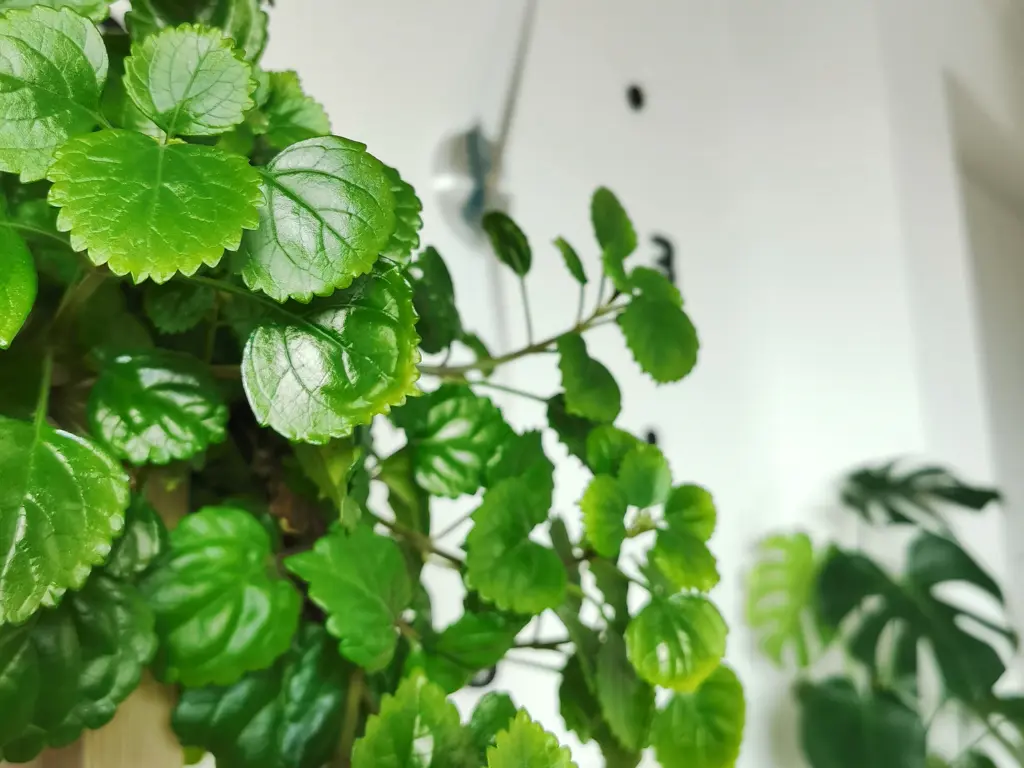
Swedish Ivy, scientifically known as Plectranthus verticillatus, is a fast-growing indoor vine in the mint family Lamiaceae. Even though it’s called “Swedish,” this plant is not from Sweden. It actually originates from regions with warm climates. People love it because it grows quickly, trails beautifully, and doesn’t demand much attention. It’s often placed in hanging baskets or on shelves where its vines can gently spill over the edges.
The leaves are thick, slightly glossy, and rounded with soft scalloped edges. They feel a bit like mint leaves, which makes sense because they’re in the same family. If you rub them gently, you might even notice a light herbal scent.
Why Swedish Ivy Is Popular Indoors?
Indoor gardeners in the United States often choose Swedish Ivy for three main reasons. First, it’s low-maintenance. Second, it grows fast, which makes it perfect for filling empty spaces. And third, it has thick, glossy leaves that brighten up any room.
If you’ve ever struggled with keeping houseplants alive, this one can rebuild your confidence.
Styling Ideas for Your Home
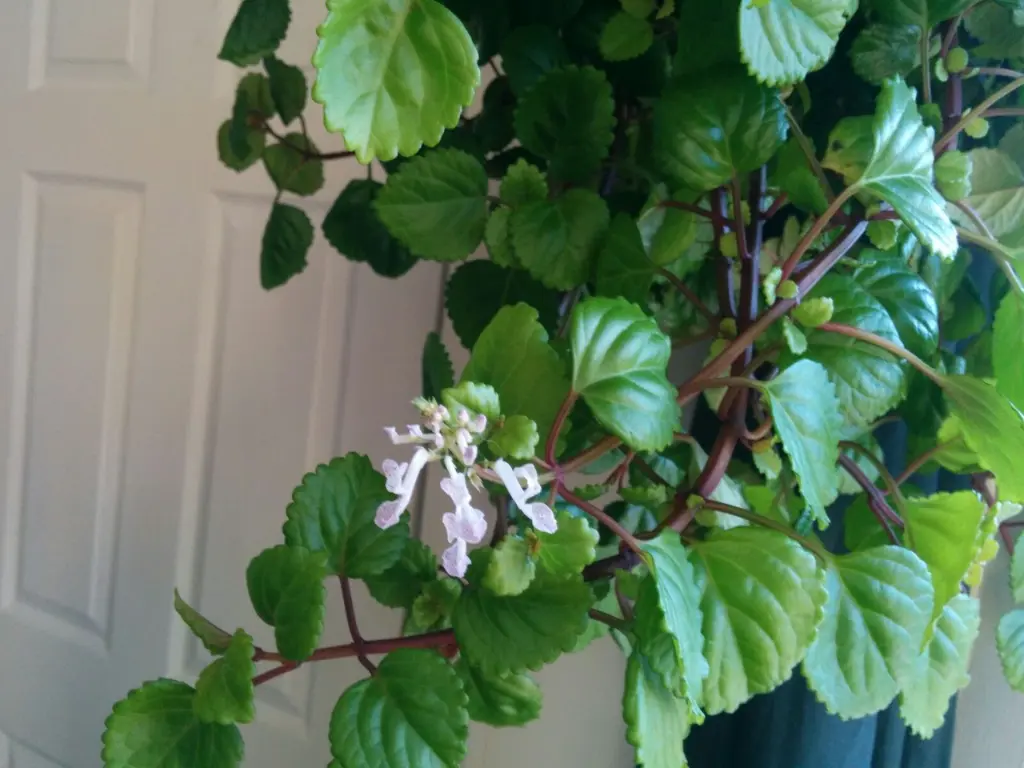
Purple Swedish ivy and green Swedish ivy look great in hanging baskets, on bookshelves, or in a corner where their vines can trail down. Neutral-colored pots let the bright green and soft purple-tinged leaves stand out beautifully. Use them to soften hard furniture lines or brighten a dull wall.
Is Swedish Ivy Safe for Pets?
Many readers ask this right away. Swedish Ivy is considered non-toxic to cats and dogs, which makes it an excellent choice for pet-friendly homes. This is one reason it shows up on many lists of safe plants for apartments with pets.
Ideal Growing Conditions
Swedish Ivy is known as a low-maintenance houseplant, but it grows best when placed in the right conditions. The more you understand what it naturally prefers, the healthier your plant will be.
Light Requirements
Swedish Ivy thrives in bright, indirect sunlight. It can survive in medium light, but low light will cause it to grow slowly and become leggy. Direct sun can scorch its leaves, especially in the afternoon.
A good rule is to place it near an east-facing window or a few feet away from a bright south or west window.
Best Temperature and Humidity
This plant enjoys temperatures between 65 and 75 degrees Fahrenheit. It doesn’t like the cold, so avoid placing it near drafty windows or air-conditioning vents.
Humidity isn’t a big concern since Swedish Ivy does well in average indoor humidity. If the air in your home is extremely dry during winter, mist it lightly or keep it near other plants.
Air Circulation and Placement Tips
Swedish Ivy grows bushier when it gets gentle air movement. A small space near an open doorway or hallway works well. Avoid stagnant corners where the air feels heavy.
How to Care for Swedish Ivy Plants
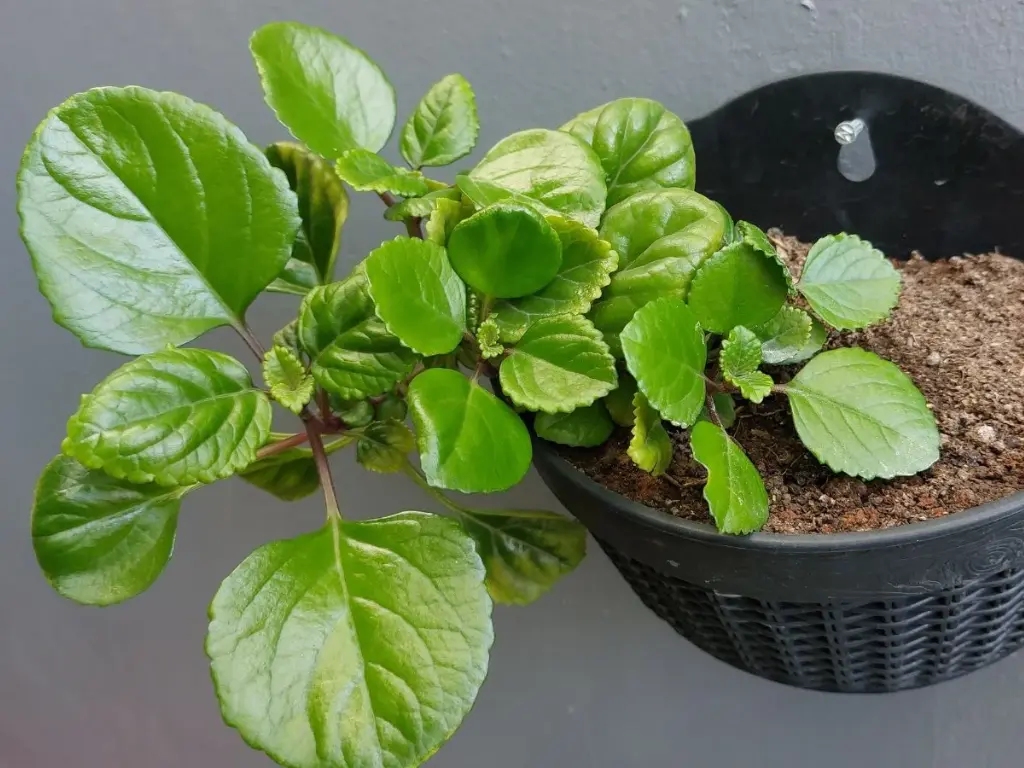
Caring for Swedish Ivy is simple once you understand what this plant prefers. Even though Swedish Ivy (Plectranthus verticillatus) is known as a low-maintenance houseplant, it still responds best when its basic needs are balanced—water, soil, nutrients, and the occasional trim. When you meet these needs, you’ll see how quickly it becomes fuller, brighter, and more vibrant indoors.
Watering
Watering is one of the areas that beginners struggle with most, but Swedish Ivy gives plenty of clues about what it needs. The key is to water based on soil dryness, not a set schedule. This plant does best when the top inch of soil dries out between waterings. Watering too soon can lead to overwatering and root rot, while letting it get too dry may cause the leaves to curl, droop, or turn crispy at the edges.
Seasonal changes also affect how often you should water. During warm months, the plant grows faster and may need water more frequently. In winter, growth slows and the soil stays moist longer, so watering becomes less frequent. A simple way to know when to water is to lift the pot or feel the soil. If it’s dry and light, water the plant. If it still feels cool or moist, wait a bit longer. Swedish Ivy enjoys consistent moisture but should never sit in water, so always empty excess water from the saucer and use a pot with proper drainage.
Fertilizing
Swedish Ivy doesn’t require heavy feeding, but a small amount of fertilizer during the growing season can noticeably improve its growth and leaf color. A balanced liquid fertilizer such as 10-10-10 or 20-20-20, diluted to half strength, works well. Apply it once a month in spring and summer to support new leaves and stronger, healthier vines.
Avoid fertilizing in fall and winter, when the plant’s growth naturally slows. Feeding during these months can stress the roots or cause salt buildup in the soil. If you’ve recently repotted your Swedish Ivy, skip fertilizer for a few weeks since fresh potting mix usually contains nutrients. A light, consistent approach is all the plant needs to stay lush and vibrant.
Potting and Repotting
Swedish Ivy grows best in a well-draining potting mix that feels light and airy. A mix containing indoor potting soil, perlite, or coco coir helps prevent excess moisture while still holding enough water for healthy root development. Because the plant grows quickly, it typically needs repotting every one to two years. You’ll know it’s ready when roots start poking out of the drainage holes or when the plant dries out unusually fast after watering.
When repotting, choose a pot only one size larger than the current one. A pot that’s too large holds extra soil and moisture, which increases the risk of overwatering. Spring is the ideal time to repot, as this aligns with the plant’s natural growth cycle. Gently loosen the roots, replace the old soil with fresh mix, and water lightly after repotting. Most Swedish Ivy plants adjust quickly and resume active growth soon after being moved to their new pot.
Pruning and Shaping
Pruning Swedish Ivy is essential if you want a full, attractive plant rather than long, stretched-out vines. Fortunately, the plant responds beautifully to trimming. Regularly pinching back the growing tips encourages the plant to branch out, creating a bushier and more compact shape. If your Swedish Ivy starts looking leggy, simply trim the longer stems and allow new growth to emerge from the nodes.
Long trailing vines can be shaped to fit your space—wrapped along shelves, allowed to drape from hanging baskets, or trimmed into a rounded form. Every cut you make becomes an opportunity for new growth. The trimmings you remove can be propagated into new plants, making pruning both practical and rewarding. Always use clean scissors or pruning shears to avoid damaging the plant or spreading bacteria.
Propagating Swedish Ivy
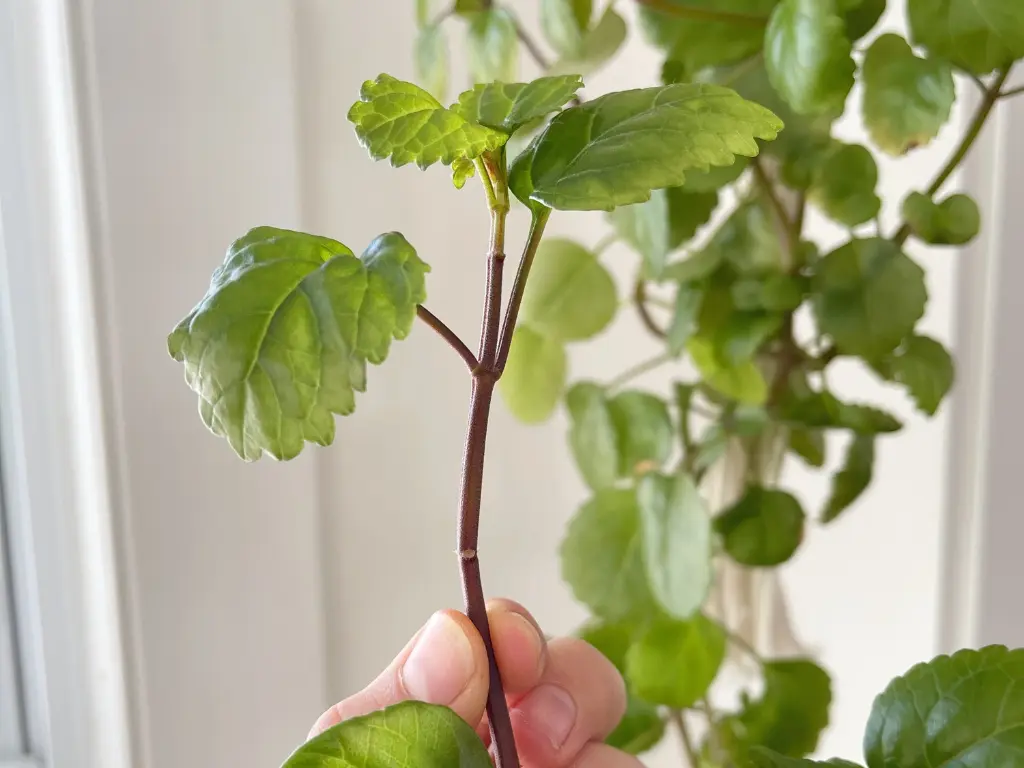
Propagating Swedish Ivy is simple and rewarding, making it easy to grow new plants for yourself or to share with others. The plant roots quickly in both water and soil, and the process only takes a few basic steps.
Choosing the Right Cutting
Select a healthy stem about four to five inches long. Look for a vine that appears strong, full, and vibrant. Cut just below a node, then gently remove the lower leaves so the nodes remain exposed. These are the parts that will form new roots.
Water Propagation Method
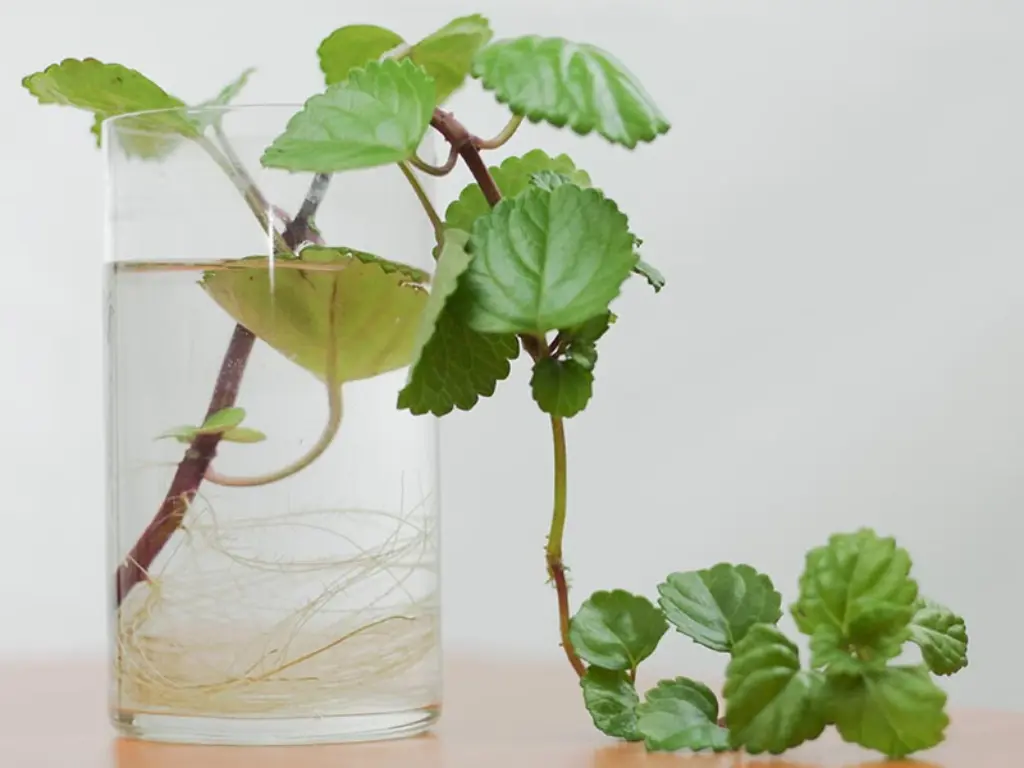
Place the prepared cutting in a jar of clean water, making sure the exposed nodes are submerged. Keep the jar in bright, indirect light, away from hot windows or harsh sun. Change the water once a week to keep it clear and oxygen-rich. You should start seeing new roots within one to two weeks. When the roots reach about an inch long, transfer the cutting into soil so it can continue growing.
Soil Propagation Method
If you prefer propagating directly in soil, insert the cutting into a pot filled with moist, well-draining potting mix. Lightly press the soil around the stem to keep it stable. Keep the soil evenly damp and place the pot somewhere with bright, indirect light. Avoid strong sunlight until the cutting establishes itself. Once new growth appears, you’ll know the plant has rooted successfully.
What to Expect as It Grows
Both methods produce strong, healthy Swedish Ivy plants. Once the new plant adjusts to its environment, you’ll notice it beginning to trail and fill out. With just a bit of patience and gentle care, a single cutting can turn into a full, thriving plant.
Common Problems and Solutions
Even though Swedish Ivy is one of the most beginner-friendly houseplants, it can still face a few issues from time to time. The good news is that almost every problem has a simple fix once you understand what the plant is trying to tell you. Below are the most common issues Swedish Ivy owners experience and the straightforward steps you can take to solve them.
Yellowing Leaves
Yellow leaves are usually caused by overwatering or poor soil drainage. When the soil stays wet for too long, the roots can’t breathe. To fix this, let the soil dry out more between waterings and make sure your pot has proper drainage holes. Switching to a lighter, airy potting mix also helps prevent water from sitting around the roots.
Drooping or Curling Leaves
If your Swedish Ivy looks limp, soft, or curled at the edges, it’s often a sign of underwatering or stress from heat or low humidity. Give the plant a deep watering and check that it’s not sitting near a heater or in a hot, drafty spot. Most plants perk up quickly once hydrated and moved to a cooler location.
Leggy or Thin Growth
Long, stretched-out stems with wide spacing between leaves are almost always caused by insufficient light. Swedish Ivy grows fuller and more vibrant when placed in bright, indirect sunlight. Moving the plant closer to a bright window or giving it supplemental light helps restore compact, healthy growth.
Pest Issues (Aphids, Mealybugs, Spider Mites)
Swedish Ivy can occasionally attract small pests, especially in dry indoor environments. If you notice sticky residue, tiny webs, or white cotton-like spots, it’s time to act. Wipe the leaves gently with a damp cloth to remove pests and apply insecticidal soap or neem oil. Increasing humidity and improving airflow can help prevent future infestations.
By keeping an eye on these early signs and making small adjustments, you can resolve most issues quickly and keep your Swedish Ivy thriving all year long.
Tips for Faster, Healthier Growth: Give your Swedish Ivy a spot with bright indirect light. Refresh the soil every year. Prune regularly. Keep water balanced. These small steps make a noticeable difference.
Frequently Asked Questions (FAQs)
Why are my Swedish Ivy leaves turning yellow?
Yellow leaves on Swedish Ivy usually point to overwatering, poor drainage, or a lack of light. When the soil stays wet for too long, the roots can’t breathe, which stresses the plant. Make sure the pot has drainage holes, let the soil dry out more between waterings, and move the plant to a spot with bright, indirect sunlight. Adjusting these simple factors often helps the plant bounce back quickly.
How often should I water Swedish Ivy indoors?
The best way to water Swedish Ivy is by checking the soil instead of following a fixed schedule. Water the plant when the top inch of soil feels dry. In warmer months, this might be every three to five days, while in cooler months it may only need water once every seven to ten days. Checking the soil regularly helps you avoid both overwatering and underwatering.
Can Swedish Ivy grow in low-light conditions?
Swedish Ivy can survive in low light, but it won’t grow its best. In low-light environments, the plant often becomes leggy, grows slowly, and produces thinner vines. To encourage fuller, healthier growth, place your Swedish Ivy near an east-facing window or an area with filtered, bright light. It thrives when it gets plenty of indirect sunlight.
How long does it take for Swedish Ivy cuttings to root?
Swedish Ivy cuttings typically root within 7 to 14 days when placed in water. They can root even faster in soil if the mix stays lightly moist. Always choose healthy stems for propagation and keep the cuttings in bright, indirect light. With proper care, roots form quickly and the cuttings establish themselves into strong new plants.
Conclusion
Swedish Ivy is a beautiful, fast-growing, low-maintenance houseplant that fits perfectly into any home. By giving it the right balance of light, water, soil, and care, you can enjoy a vibrant plant that grows all year long. With these tips, you’re ready to help your Swedish Ivy thrive.
If you want more guides on indoor plant care or want to learn about other beginner-friendly houseplants, explore the related articles on propagation, pruning techniques, and soil recommendations. The more you understand your plants, the more rewarding gardening becomes.
You may like:

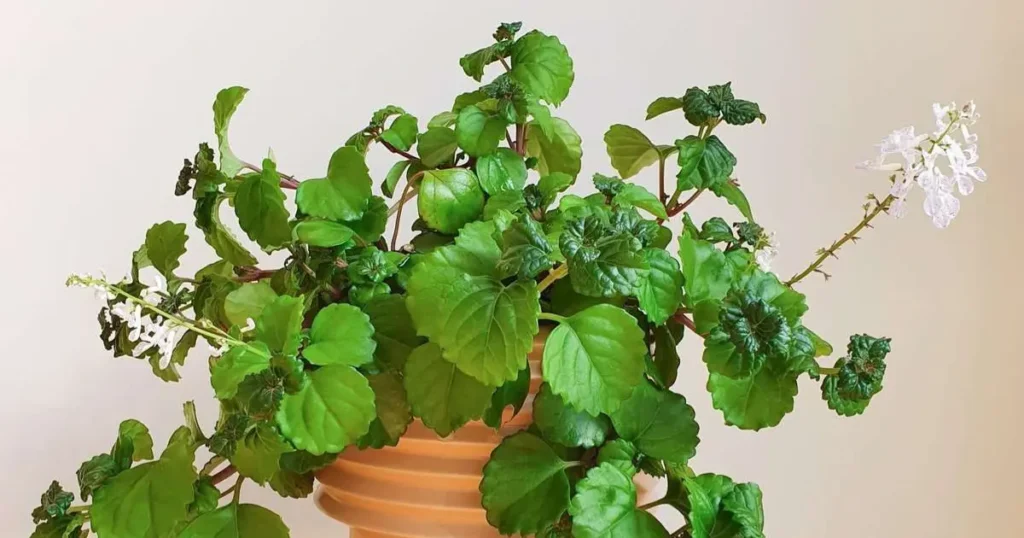
Swedish Ivy Care: How to Grow a Healthy, Thriving Plant
Have you ever looked at your Swedish Ivy and wondered why the leaves are turning [...]
Nov
Avoid These 10 Garlic Planting Mistakes for Bigger, Healthier Bulbs
Growing garlic at home is one of the most satisfying things a gardener can do [...]
Nov
How to Prevent Christmas Cactus Bud Drop: Tips for a Healthy Bloom
Have you ever noticed your beautiful Christmas cactus (Schlumbergera) starting to lose its buds just [...]
Nov
Discover 7 Stunning Types of Night-Blooming Cereus
Have you ever waited for a flower that only opens at night and then disappears [...]
Nov
How to Propagate Comfrey from Root Cuttings: Easy Guide for Beginners
If you’re looking to grow your own healthy comfrey plants without spending too much, propagating [...]
Nov
10 Best Christmas Plants to Gift This Holiday Season
The holiday season is finally upon us, and if you’re searching for the perfect gift [...]
Oct